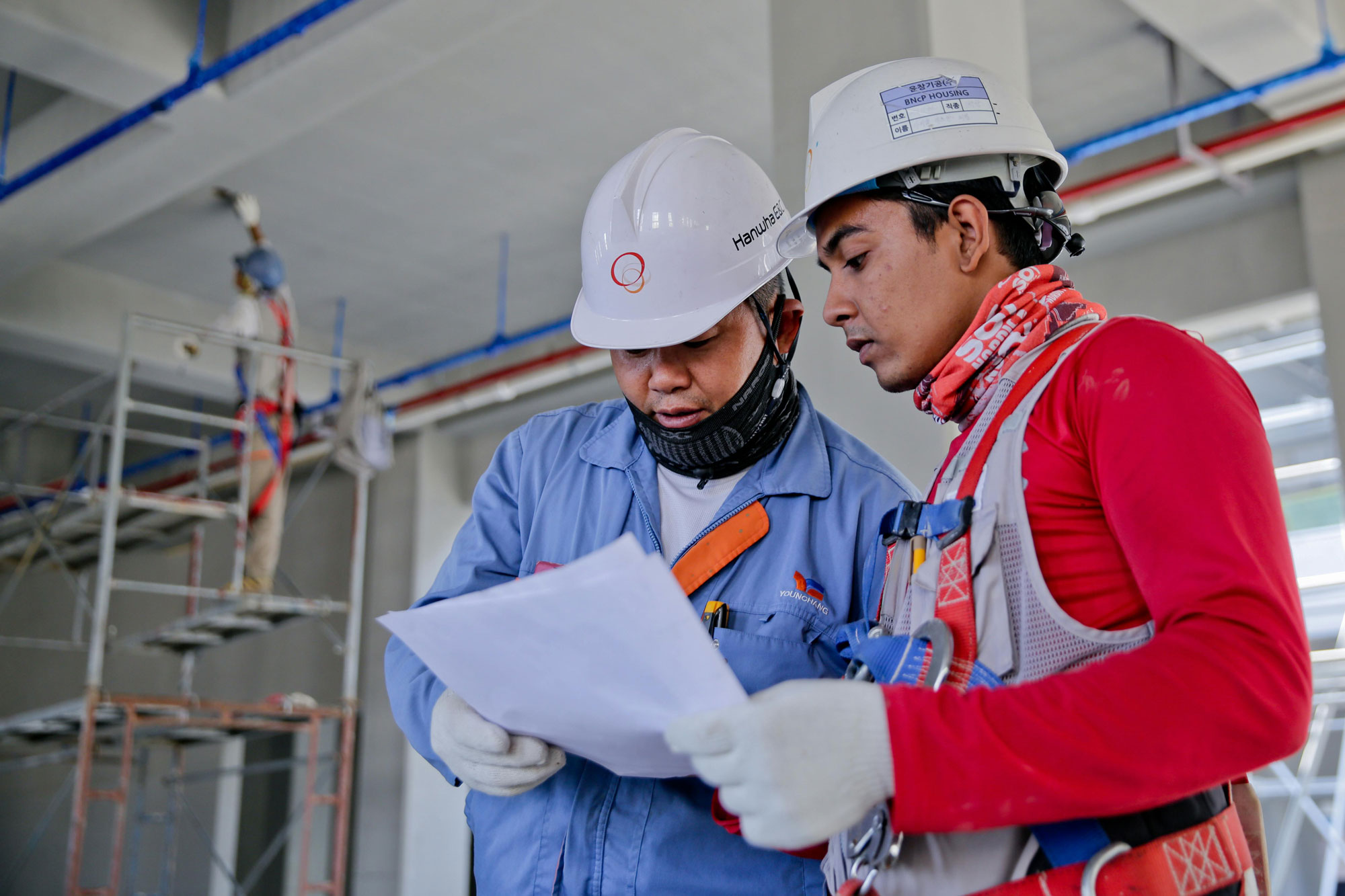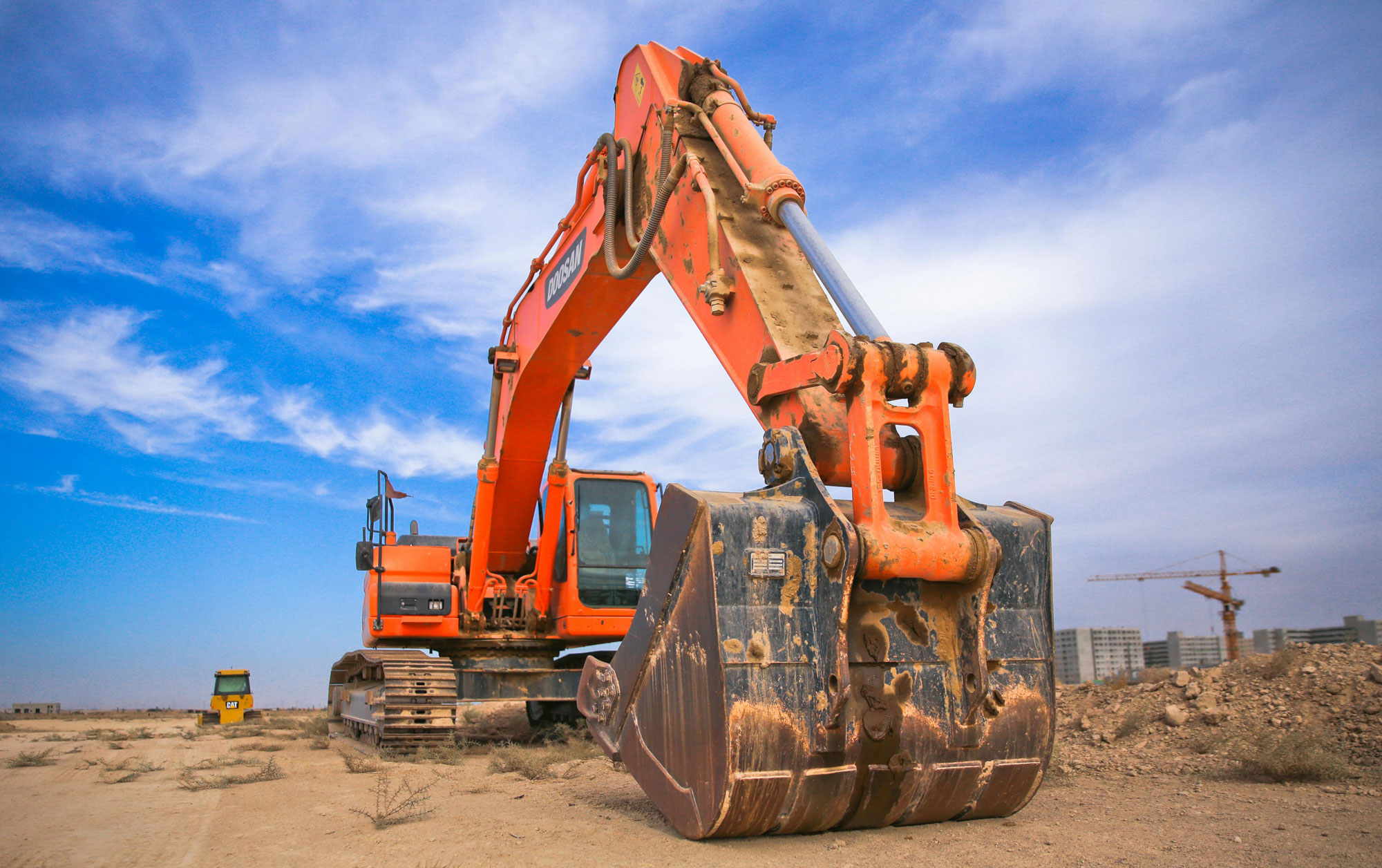When it comes to construction work a safe bet is that everything turns out bigger than expected, from the planning process to the project duration to the number of documents required. For one of these problems, at least, there is a guaranteed solution - and more and more construction firms are taking it, by ditching the dust-covered box files in favour of digital document management.

Switching from crumpled paper to cloud storage comes with obvious improvements to both storing files and finding them again afterwards, but just accumulating documents in free cloud storage like Google Drive is merely digitising old problems. Sifting through a mass of files that weren’t quite named correctly is just as unrewarding as picking through a wad of paperwork stuffed in a van glovebox, and offers similar scope for losing track of vital information.
The best document management systems for construction firms give you much better control over the files that you need for each project, and while they can’t solve every problem you’ll face on-site, they can deliver dramatic improvements in the amount of time you spend organising the staff, deadlines and deliverables before and after. Read on for ten steps that make document management for construction firms a breeze.
1. Check your DMS (and your business) are legally compliant
Construction sites are subject to an extensive list of regulations, starting with the Health and Safety at Work etc Act 1974 and continuing into a series of additional guidelines based on the scale of the project. The Health and Safety Executive has a comprehensive overview of laws that affect construction, plus of course you must comply with more general business legislation like GDPR. You should already know which legislation affects your business and your project; make sure that you pick a DMS platform that’s compliant with GDPR and cloud storage standards like CSA Star. Workiro’s compliance documents are public, which is best practice.
2. Get your files in one place, and leave them there
Know what files you need and where they’re stored. Regular key players are health and safety records, risk assessments, COSHH assessments, PPE policies, training records and building permits. You’ll have them all together at the start of the project; get them into cloud storage and set up a single source of truth that everybody can refer to thereafter. Workiro gives you a single central repository that can be easily searched from any location, with secure remote access which means that both internal and external users can view the files they need.
3. Use digital signing for contracts and agreements
Using digital storage, but physical contract signing, is working with one hand tied behind your back. Going all-digital means that your filing is done for you, and with the right platform you don’t have any security issues. Workiro includes unlimited cloud-based document signing, which means contracts can go out to the clients and suppliers, be signed, and sent right back to your central filing system without requiring any other tools, platforms, or printers. All you need to do is upload the file - here’s how to create a digital signature for your PDF contract.
4. Automatically file your email

On all but the smallest projects updates and changes routinely arrive by, or are at the very least captured in, your email inbox. The process of manually capturing those changes in the project files is often where problems and oversights creep in, as crucial details and documents are overlooked - and have to be dredged from somebody’s inbox weeks later. Save the hassle by automatically filing email as it arrives, ensuring each message is assigned to the right project.
5. Collaborate in the cloud, not on-site (as much)
To mangle an old advertising slogan, there will always be some decisions made standing in mud and looking at a half-finished structure - for everything before you get to the site, there's the DMS. Using a cloud-based DMS means that you don’t need to bring everybody together to collect feedback, change documents or agree the path ahead. Using Workiro means both internal and external users can share and collaborate on documents in real time within Office365, with a complete audit trail showing who’s done what. It’s a great way to get briefs, presentations and budgets agreed with the minimum of meetings, and for the non-Office files there’s PDF markup too.
6. Use automatic version control
When you have contracts and plans bouncing between clients, architects and tradesmen it’s vital to have a single, canonical record of the final agreed-upon version. If anybody in the chain is working from the wrong version it can get very expensive, very quickly. Use your DMS to create a single central record for each file, and ensure you have version control to track edits and amendments. Workiro enables you to view previous versions at a glance, so you can instantly see a file’s history and know that you’re working from the correct version.
7. Arrange files by project
Most projects start with the same set of documents, from the initial quote through to plans and risk assessments. Using an old-fashioned filing system makes it too easy to mix things up - and you don’t want to find yourself with the wrong suppliers, plans or risk assessment in hand. Grouping by project means that you can quickly lay hands on not only compliance documents (as mentioned above) but everything related to the project - from emails to budget files. Workiro makes it easy to arrange files per project, and also includes automatic smart tagging that can instantly file incoming documents and email.
8. Set up distinct, secure storage for health surveillance files
An extra burden for health and safety certification is the need to carry out regular health surveillance on your workers, the results of which need to be kept securely - they’re highly personal information - and for a long time. The duration varies depending on the relevant legislation. In most cases they should be retained for at least as long as the worker is employed, and often beyond - health records created under the Control of Substances Hazardous to Health Regulations (COSHH) need to be retained for 40 years.
During that time they need to be kept in strict confidence by the occupational health professional responsible for the scheme, and only accessed with written consent from the worker. Make sure you use a proper DMS which includes secure user access features, and work closely with the occupational health pro to make sure they’re used correctly.
9. Confirm everything is viewable on iPad or mobile device
There aren’t any desks on site, so field workers are likely to be reviewing plans or documents on a laptop or tablet (or, perhaps, a mobile phone, although picking through blueprints on a phone screen is the type of extreme-sports approach to site work that we cannot endorse). The right document management platform works flawlessly on mobile either through a dedicated app or rich web implementation, enabling easy finding, reviewing and signing key documents without a keyboard.
10. Make sure you aren’t going to be caught out by storage limits
An easy oversight, but a potentially calamitous one: if you run out of storage space, then you’ll lose the ability to save files and you’ll end up relying on local copies - or even hard copies - that you’ll struggle to find later. Ensure you have room: Workiro includes unlimited cloud document storage for businesses.
For more insights into running document control for your construction business, check out our guide on how to pick document management systems for different businesses. You can get some real-world insights from our current customers too. Or if you’d like to chat to an expert, book a call with one of our specialists who can give you details tailored to your business.




.png)